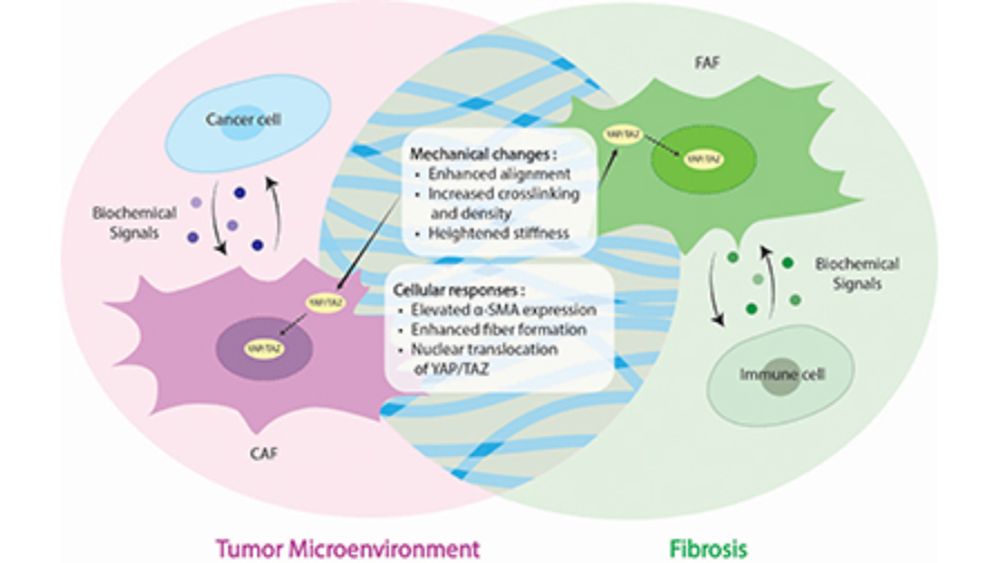
Andrew Holle
@ahcells.bsky.social
81 followers
110 following
12 posts
Confinement Mechanobiology Lab, Mechanobiology Institute | National University of Singapore
Posts
Media
Videos
Starter Packs
Pinned
Andrew Holle
@ahcells.bsky.social
· May 29

Confined Migration Drives Stem Cell Differentiation
Human mesenchymal stem cell (hMSC) homing to sites of regeneration requires navigation through mechanically confining extracellular matrix environments, inducing rapid and dramatic morphological adap...
advanced.onlinelibrary.wiley.com
Andrew Holle
@ahcells.bsky.social
· Jun 24
Andrew Holle
@ahcells.bsky.social
· May 29

Confined Migration Drives Stem Cell Differentiation
Human mesenchymal stem cell (hMSC) homing to sites of regeneration requires navigation through mechanically confining extracellular matrix environments, inducing rapid and dramatic morphological adap...
advanced.onlinelibrary.wiley.com










